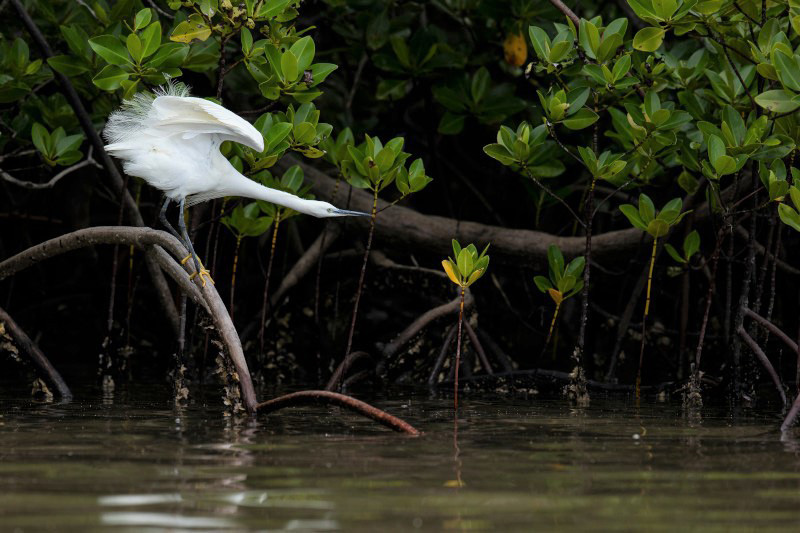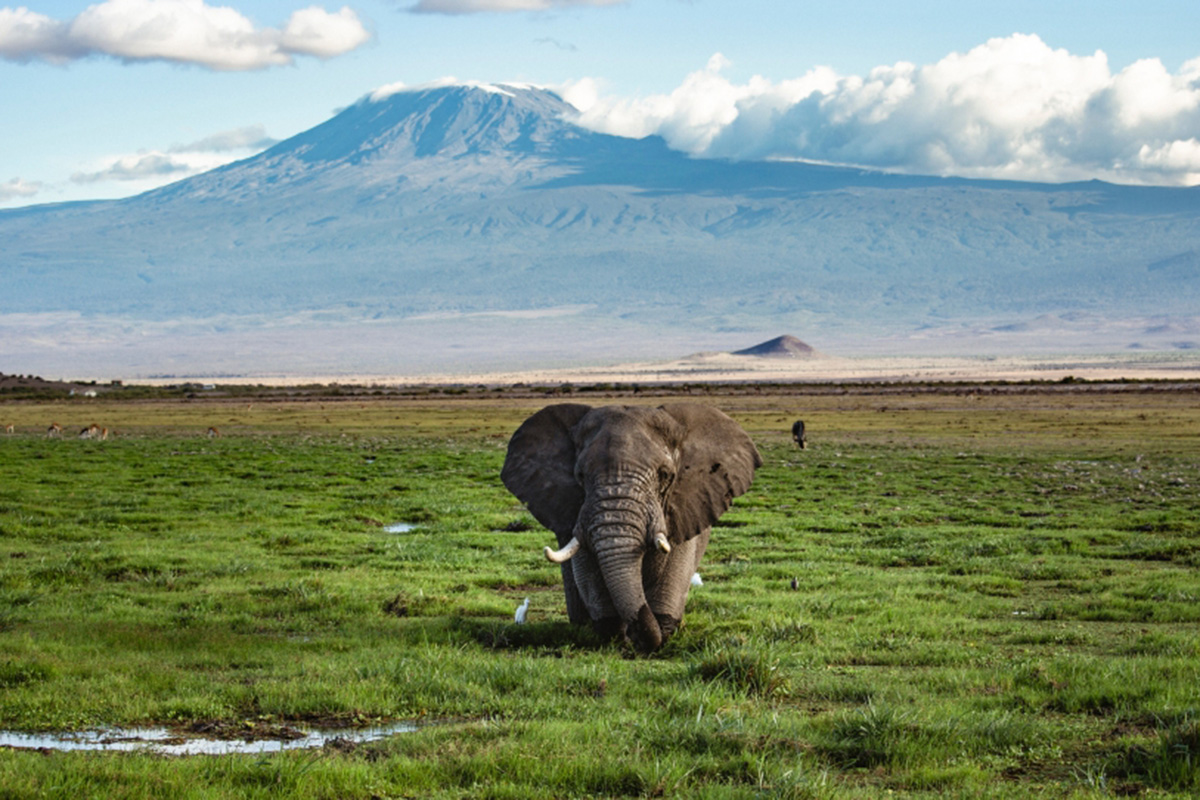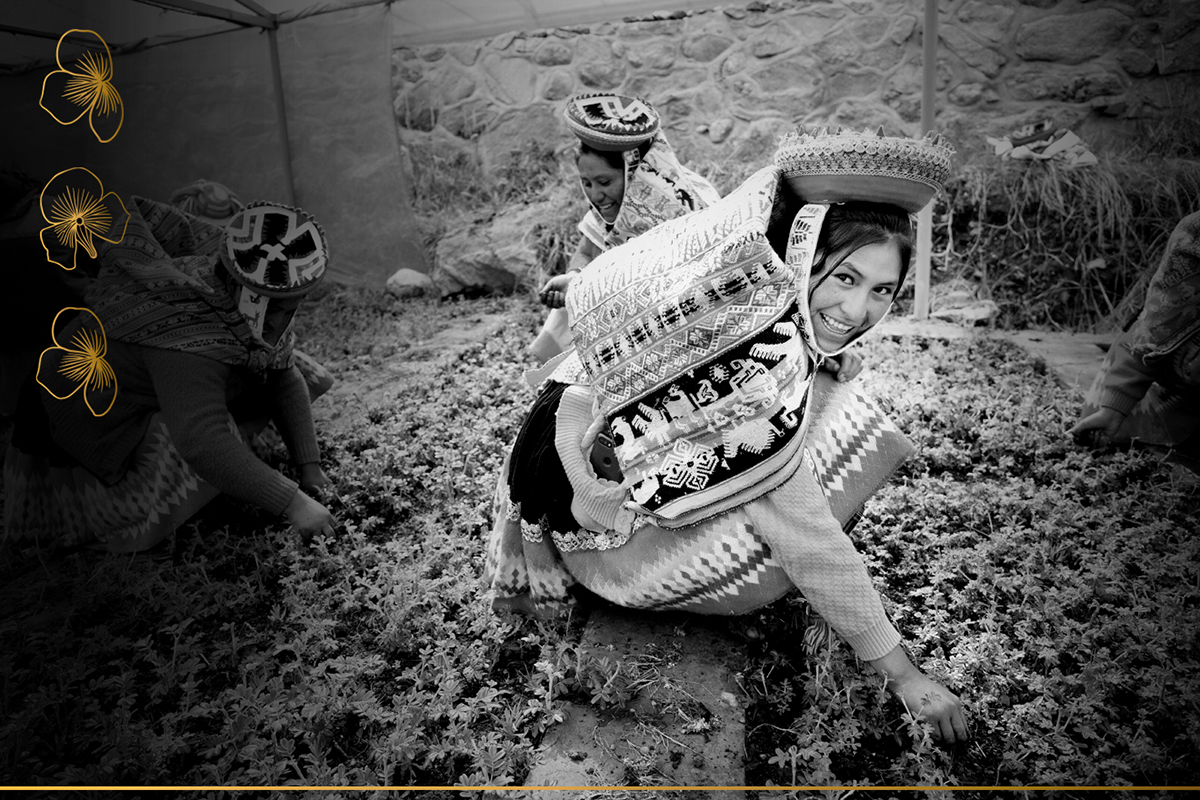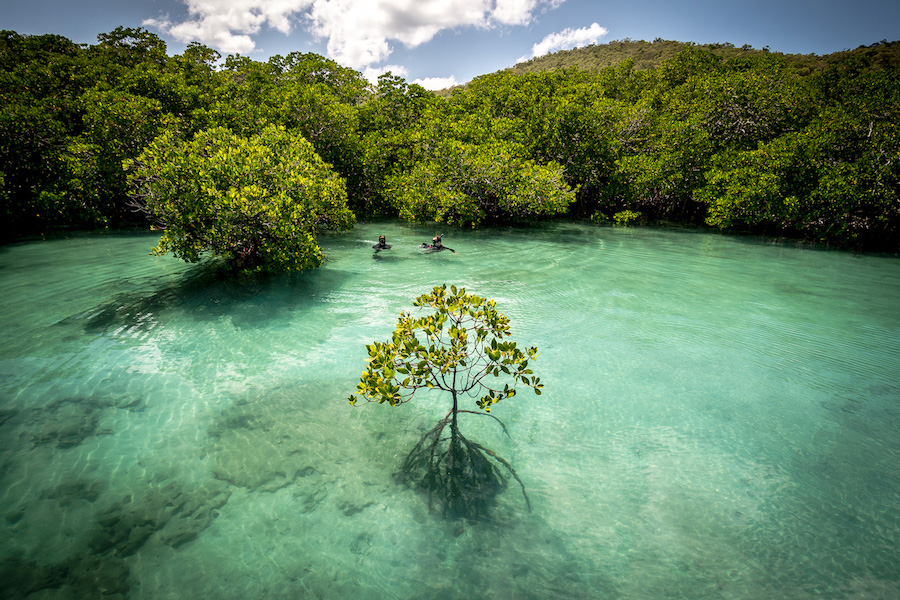The Freshwater Challenge aims to restore 300,000km of rivers - equivalent to more than 7 times around the Earth - and 350 million hectares of wetlands - an area larger than India - by 2030.
UNEP
To save our land, we must save our ecosystems. One million species are threatened with extinction, soils are turning infertile and water sources are drying up. UNEP presents China’s Shan-Shui Initiative which is reviving lost land and forgotten villages as innovators marry science and tradition to bring rural economies and landscapes back to life.
UNEP presents peatlands, which are effective carbon sinks, absorbing more carbon from the atmosphere than they produce. The Congo Basin peat swamp forest stores around 29 billion tons of carbon and cover only 3% of the Earth's surface. However, despite their importance, the world’s peatlands are disappearing at an alarming rate.
The report "Bracing for Superbugs" provides evidence that the environment plays a key role in the development, transmission and spread of Antimicrobial resistance.
Natural gas has long been billed as a good steppingstone to replace coal with renewable energy. As solar arrays and wind farms are being built, the theory goes, natural gas can be a stand-in for “dirtier” fuels, like coal and, in some cases, oil. But research indicates that emissions of methane – the main constituent of natural gas – that occur during its extraction and transport mean natural gas isn’t as climate-friendly as once thought. UNEP tells us about the role natural gas should play in reducing emissions and the transition to a renewable energy future.
UNEP reports on the landmark agreement to guide action on nature through to 2030 resulting from the United Nations Biodiversity Conference (COP15). 188 governments adopted the Kunming-Montreal Global Biodiversity Framework aiming to address biodiversity loss, restore ecosystems and protect indigenous rights. The plan includes concrete measures to halt and reverse nature loss, including putting 30 per cent of the planet and 30 per cent of degraded ecosystems under protection by 2030. It also contains proposals to increase finance to developing countries – a major issue during talks.
In March, a recycled plastic gavel hammered down sealing a global resolution to work towards ending plastic pollution, long considered one of the planet’s most pressing environmental blights. The agreement was one of several major environmental accords forged in 2022, which observers have called a historic year for the planet. In pacts, many shepherded by UNEP, that unfolded from March to December, nations large and small committed to addressing everything from the fallout of climate change to a looming extinction crisis. Here's a closer look at 2022’s environmental milestones.
The United Nations recognizes 10 ground-breaking efforts from around the globe for their role in restoring the natural world. They were selected under the banner of the United Nations Decade on Ecosystem Restoration, a global movement coordinated by UNEP and FAO, designed to prevent and reverse the degradation of natural spaces across the planet. The winning initiatives are eligible to receive UN-backed promotion, advice or funding. Together, the 10 flagships aim to restore more than 68 million hectares − an area bigger than Myanmar, France or Somalia − and create nearly 15 million jobs.
Nature is our lifeline. Our health, food, economies, and well-being depend on nature. Yet nature is in crisis. One million of the world’s estimated 8 million species of plants and animals are threatened with extinction. Ecosystem degradation is affecting the well-being of 40% of the global population. The UN Biodiversity Conference (COP15) will be held in Montreal, Canada from 7-19 December 2022. COP15 aims to achieve a historic agreement to halt and reverse nature loss by 2030. Follow UNEP's live coverage of COP15 here.
Ellie Goulding joins UNEP and The Ocean Agency for a mission to witness the heat resilient coral reefs of the Red Sea in Sharm El Sheikh, Egypt. Ellie learns why these reefs are able to take the heat as our planet's temperature rises and the existential threats to reefs around the world if we don't meet the Paris Agreement to keep our temperature to 1.5 degrees celsius since pre-industrial times.
The UN Environment Programme (UNEP) has announced its 2022 Champions of the Earth, honouring a conservationist, an enterprise, an economist, a women’s rights activist, and a wildlife biologist for their transformative action to prevent, halt and reverse ecosystem degradation. Get to know all of them! Since its inception in 2005, the annual Champions of the Earth award has been awarded to trailblazers at the forefront of efforts to protect our natural world. It is the UN’s highest environmental honour. This year the organization received a record 2,200 nominations.
UNEP research shows that land-based and marine ecosystems play a vital role in regulating the climate. They currently absorb half of the human-made carbon emissions acting as natural carbon sinks.
The concentration of greenhouse gas emissions in the atmosphere is wreaking havoc across the world and threatening lives, economies, health and food. For over a decade, the UNEP Emissions Gap Report has provided a yearly review of the difference between where greenhouse emissions are predicted to be in 2030 and where they should be to avoid the worst impacts of climate change. This year’s report will provide an update on global emissions pathways and progress towards achieving national mitigation pledges and the Paris Agreement goals. Find out more at today’s report launch.
A new One Health Joint Plan of Action was launched by FAO, UNEP, WHO, and partners. This first joint plan aims to integrate systems to better prevent, predict, detect, and respond to health threats. This initiative seeks to improve the health of humans, animals, plants, and the environment, while contributing to sustainable development. The five-year plan focuses on expanding capacities in six areas: health system capacity, zoonotic epidemics, endemic zoonotic, neglected tropical and vector-borne diseases, food safety risks, antimicrobial resistance and the environment.
Methane: you’ve probably heard of it, but what is it and why is it important to reduce it? Methane is a greenhouse gas mainly emitted from dumpsites, oil and gas wells, coal mines, wetlands and cow burps.










